Devotion – Part 4: Italy
Chapter 5: Glimpses of Milan
The population of the “comune” of Milan, in Italy a constituency or township, was reported in February 2020 to be just under 1.4 million, making it the second largest city in Italy. What is considered to be the immediate metropolitan area is 3.36 million inhabitants. However, as a continuously built-up urban area – “Greater Milan” – the population is 8.2 million, the largest urban area in Italy and third largest in the European Union. Strengths of Milan include art, commerce, design, education, entertainment, fashion, finance and more. It is the center of business prowess in Italy.
I call this chapter “Glimpses of Milan” as my time there was too brief. I enjoyed the huge model of a sewing machine, appropriate it seemed since Milan is so important in the fashion industry.
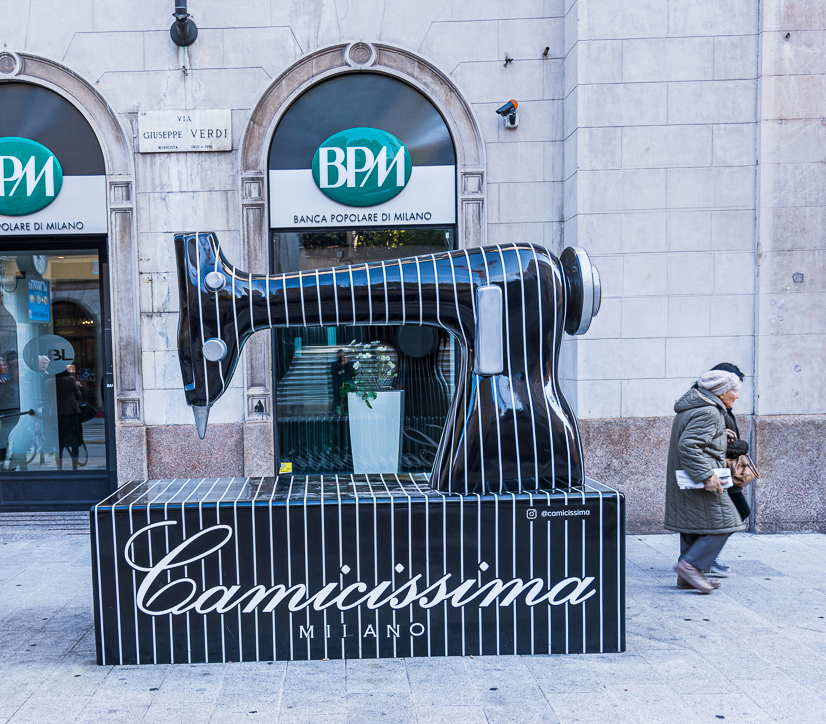
Galleria Vittorio Emanuele II
In the Northwest corner of a very large plaza in central Milan is the Galleria Vittorio Emanuele II shopping center. It appears as a grouping of historic four-story buildings with curved glass coverings between buildings to protect shoppers from the weather. At the plaza entry is a grand archway similar to those built by emperors of an earlier time. The shopping center appeared to me a merger of old buildings and new glass.
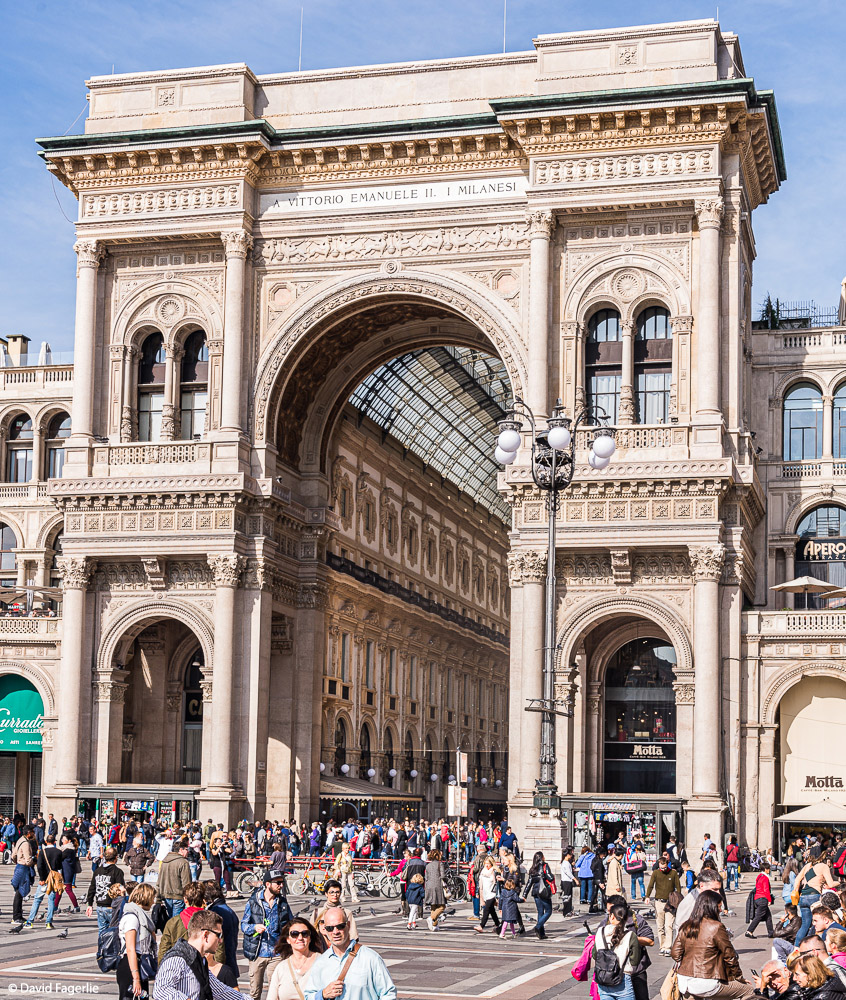
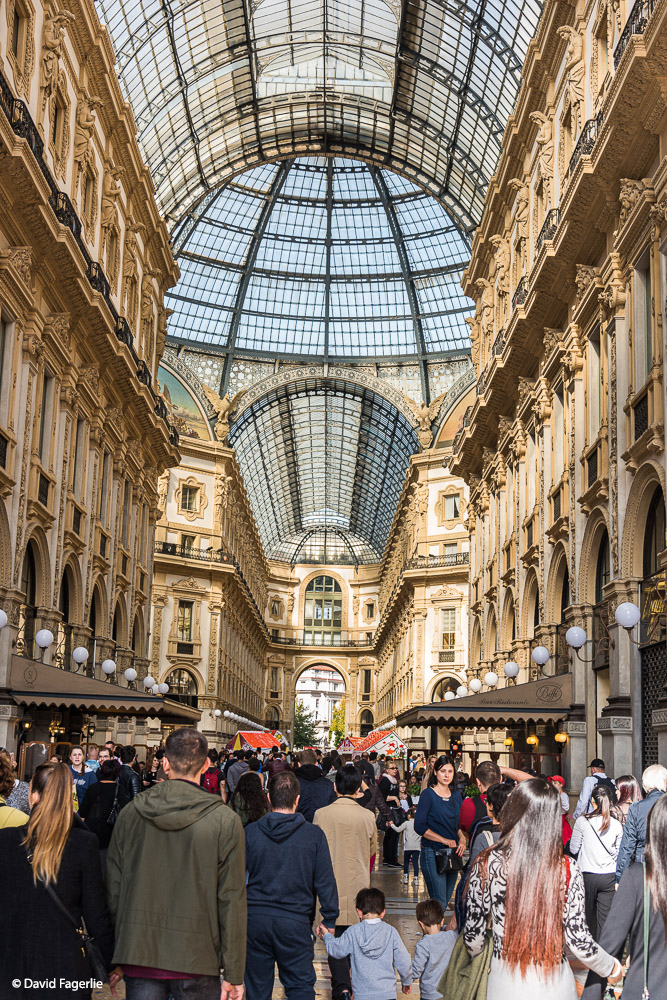
My assumptions were way off the mark; the history of construction made me even more impressed with the shopping center’s beauty. The center is named after the first king of the Kingdom of Italy. It was designed by architect Giuseppe Mengoni in 1861, including the glass-vaulted arcades, and built between 1865 and 1877. The next photo is a historical image of the center under construction and the photo after that the completed center circa 1880. (These two images are low resolution so they are not included in the gallery.)
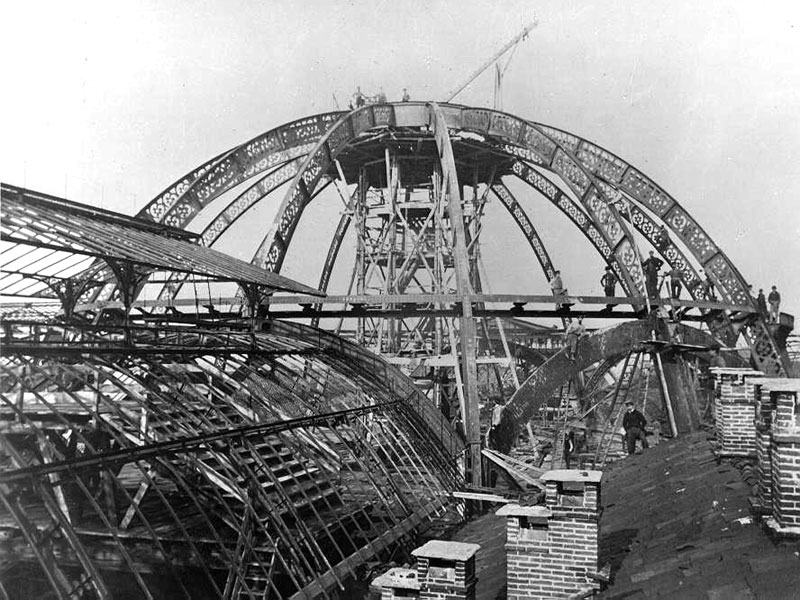
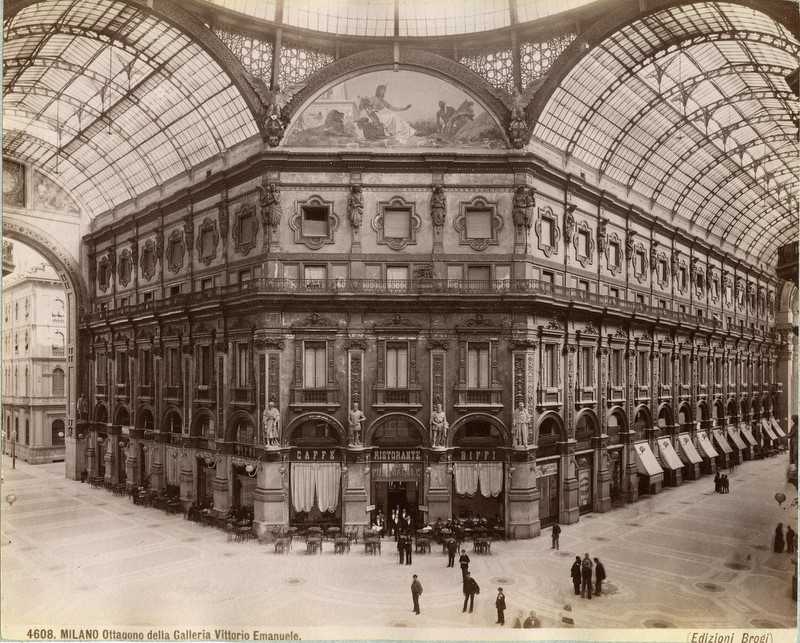
In World War II the Galleria was damaged by Allied bombings; therefore, much of the current glass isn’t from the 1800s. Still, it is much older than I would have guessed. The ornate walls under stylistic glass was attractive and imagination inducing.
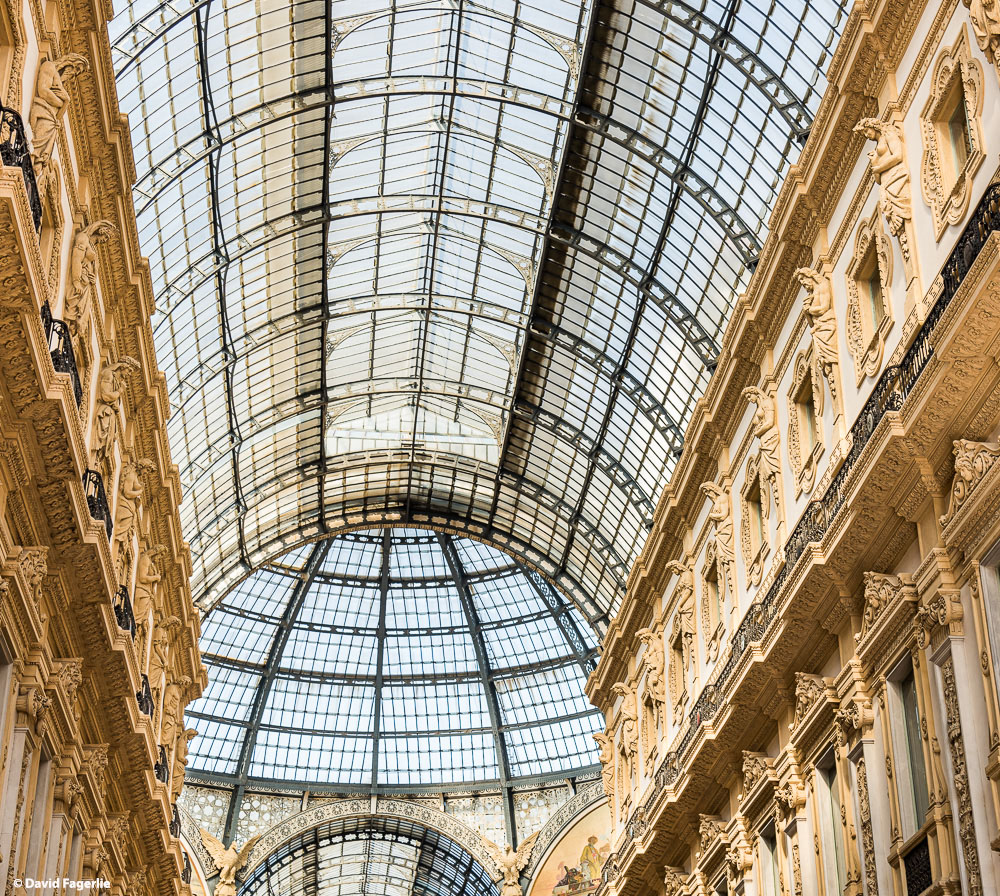
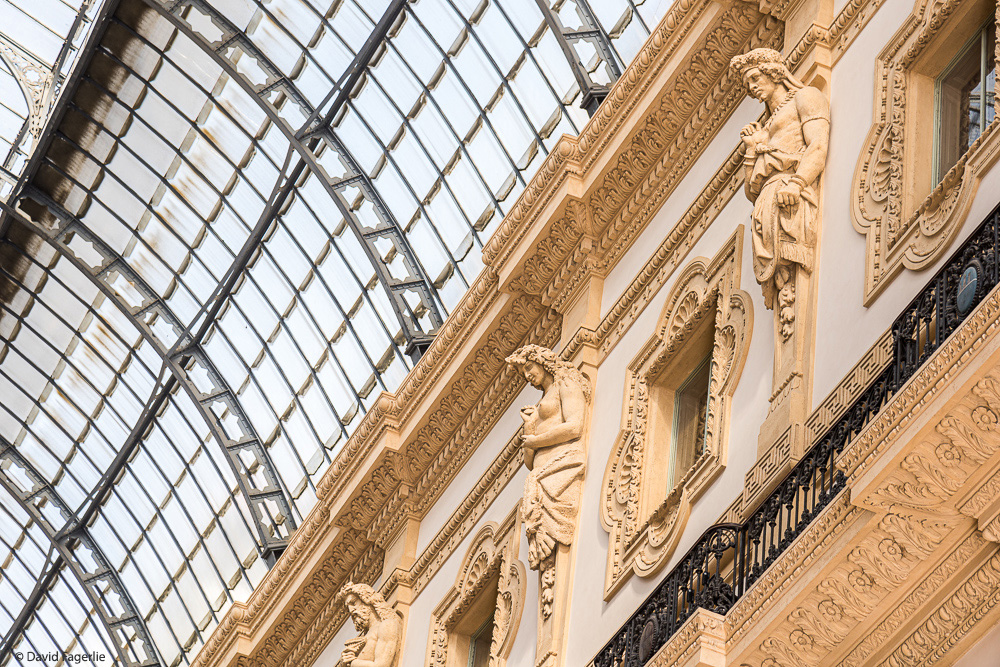
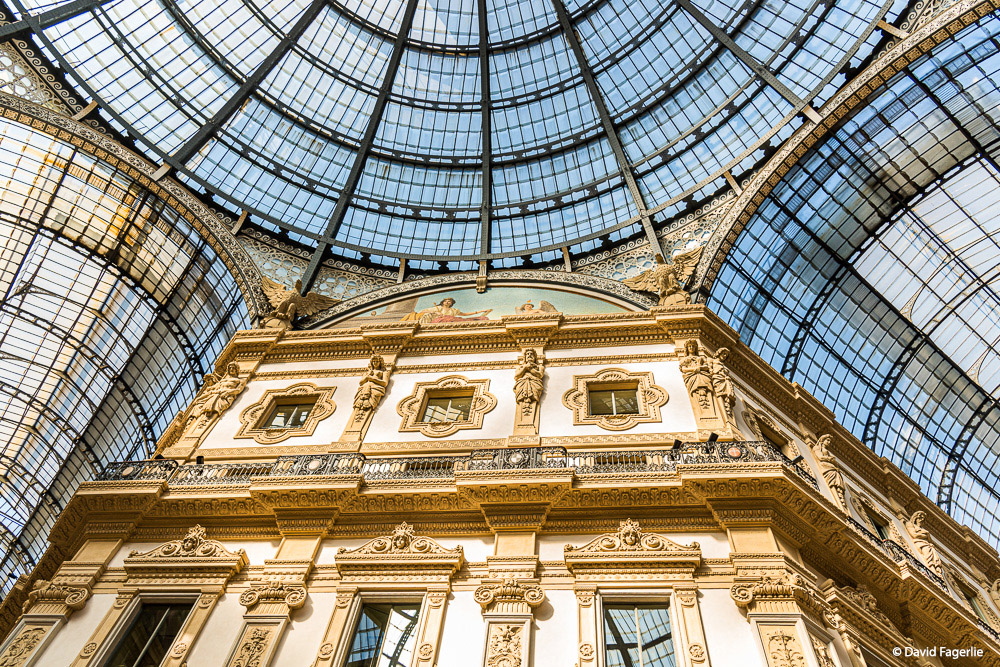
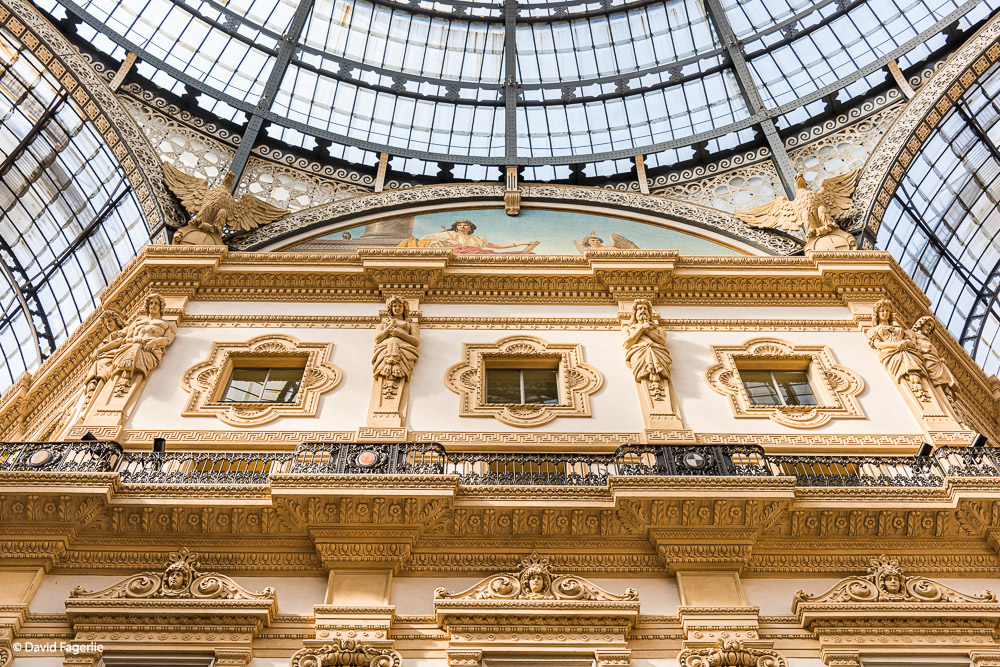
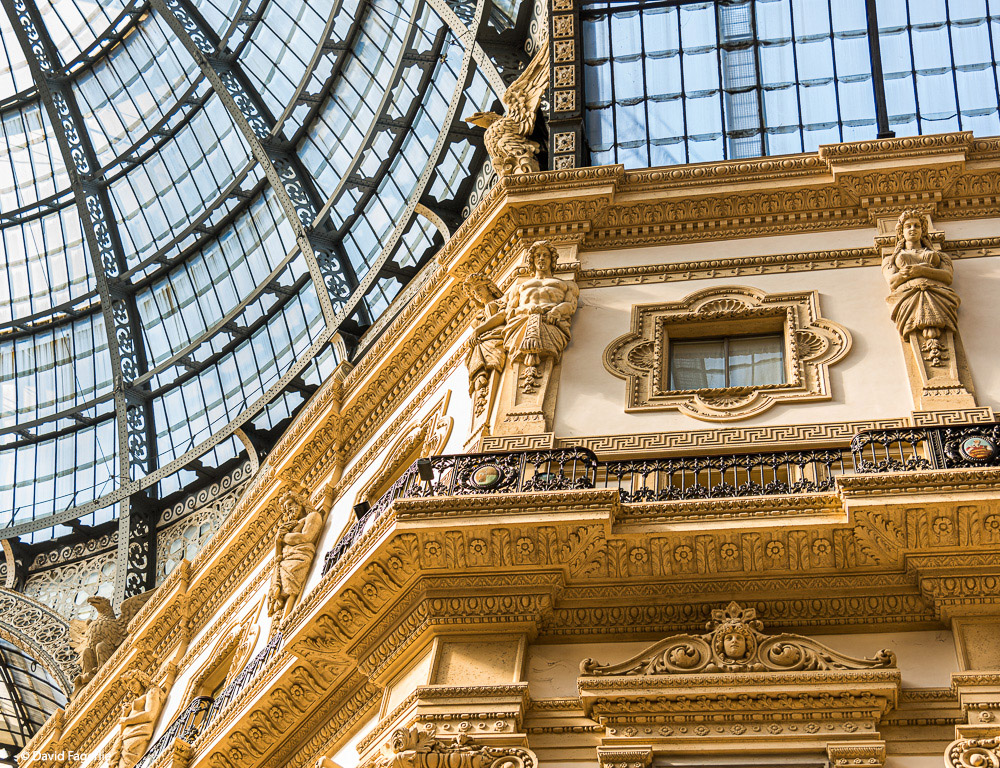
Duomo di Milano
On the far south end of the plaza is the entrance to the Duomo di Milano, the fourth largest cathedral in the world. Groundbreaking was in 1386 but the cathedral was not completed until 1965. There wasn’t enough time for me to see the inside; I was happy to get some shots of the outside. I found the gargantuan door to be quite interesting.
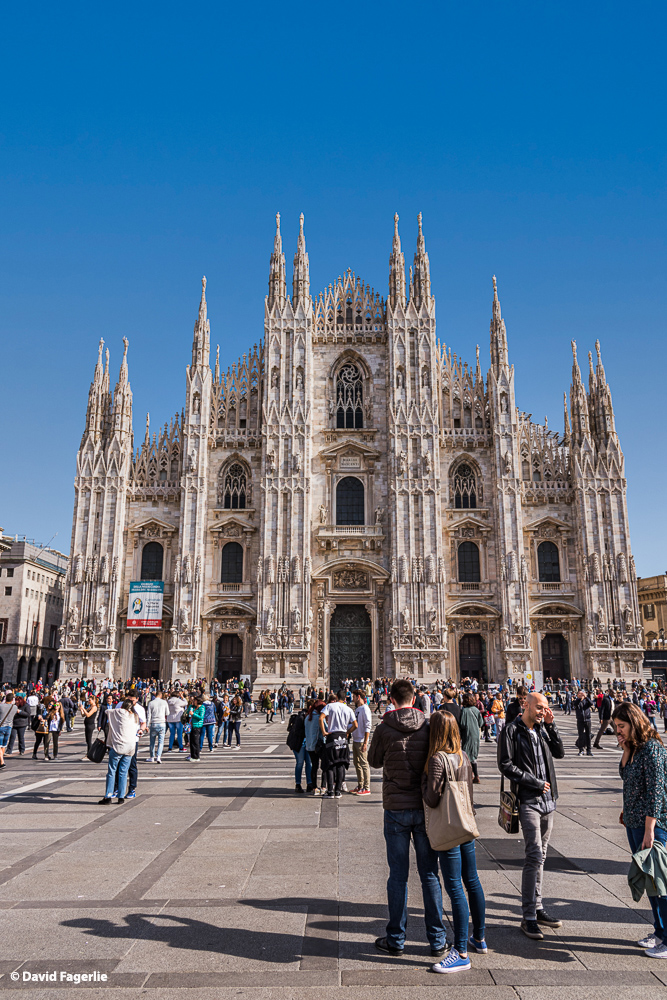
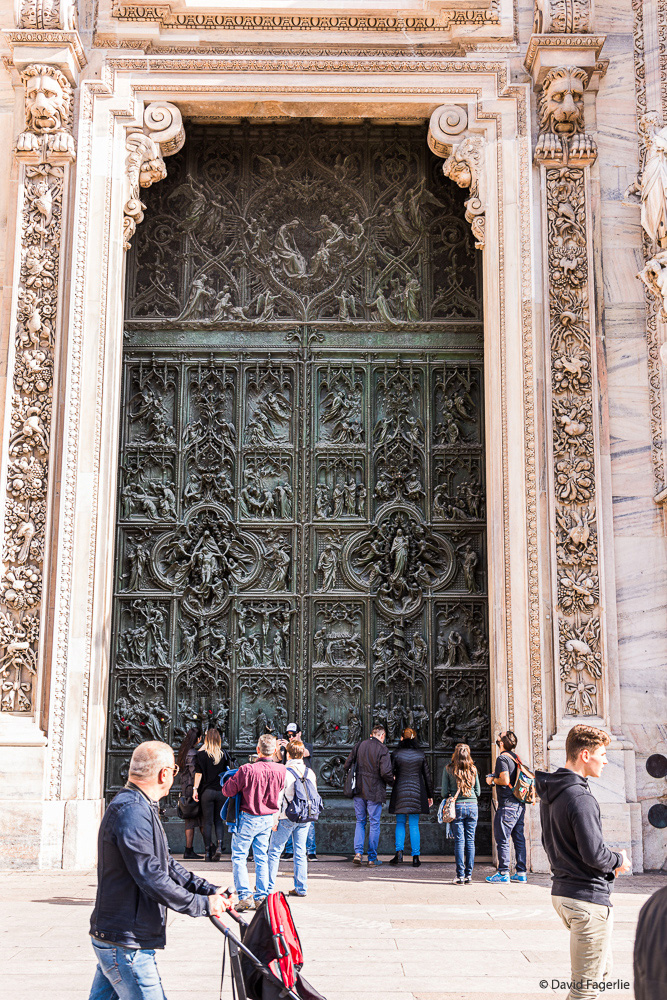
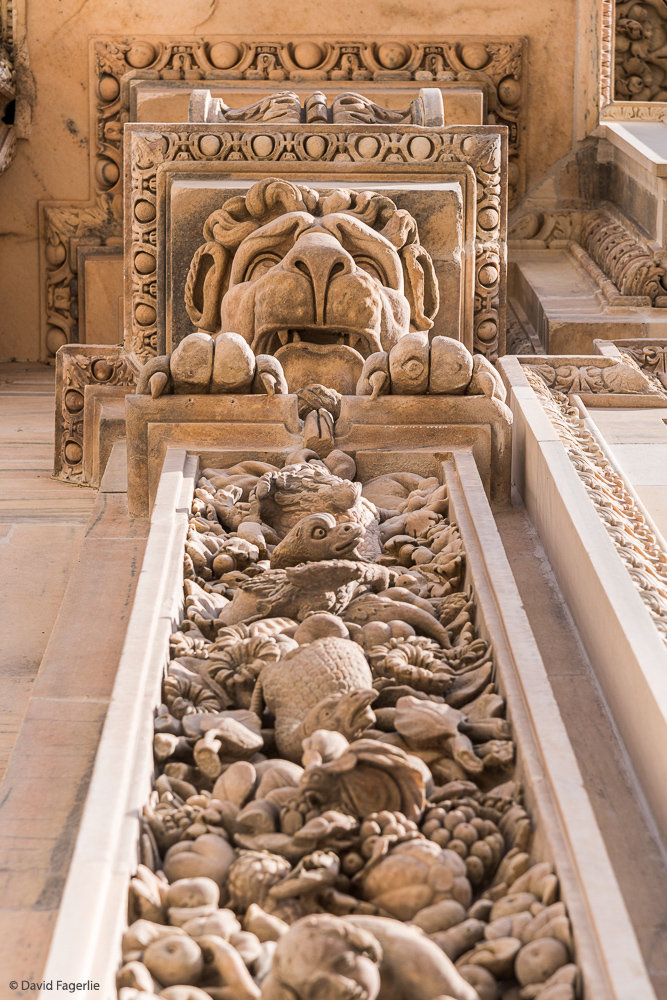
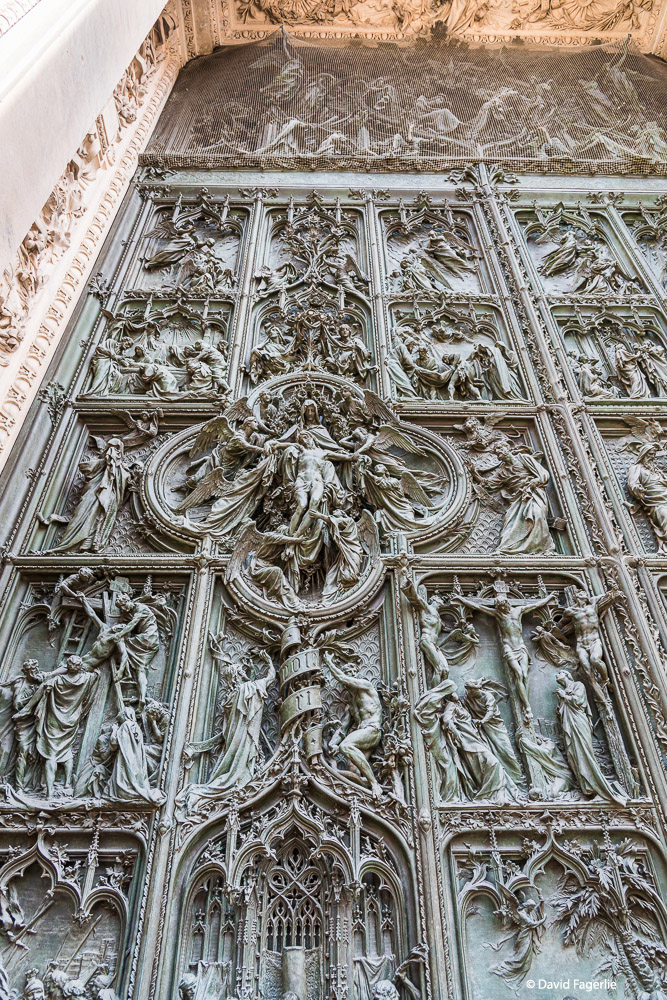
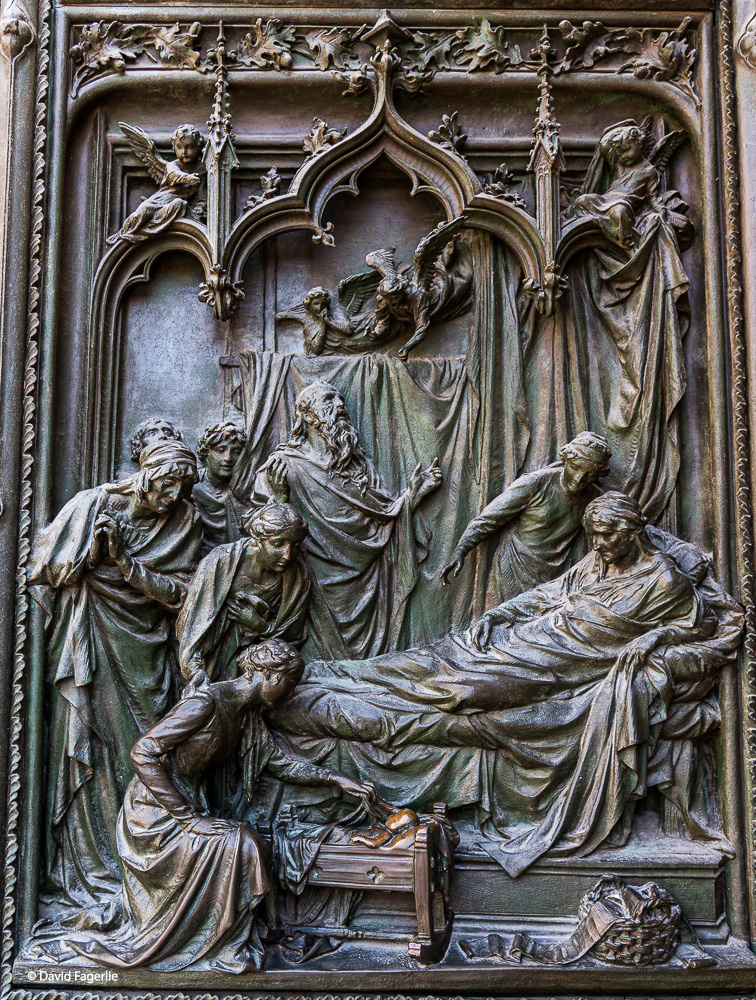
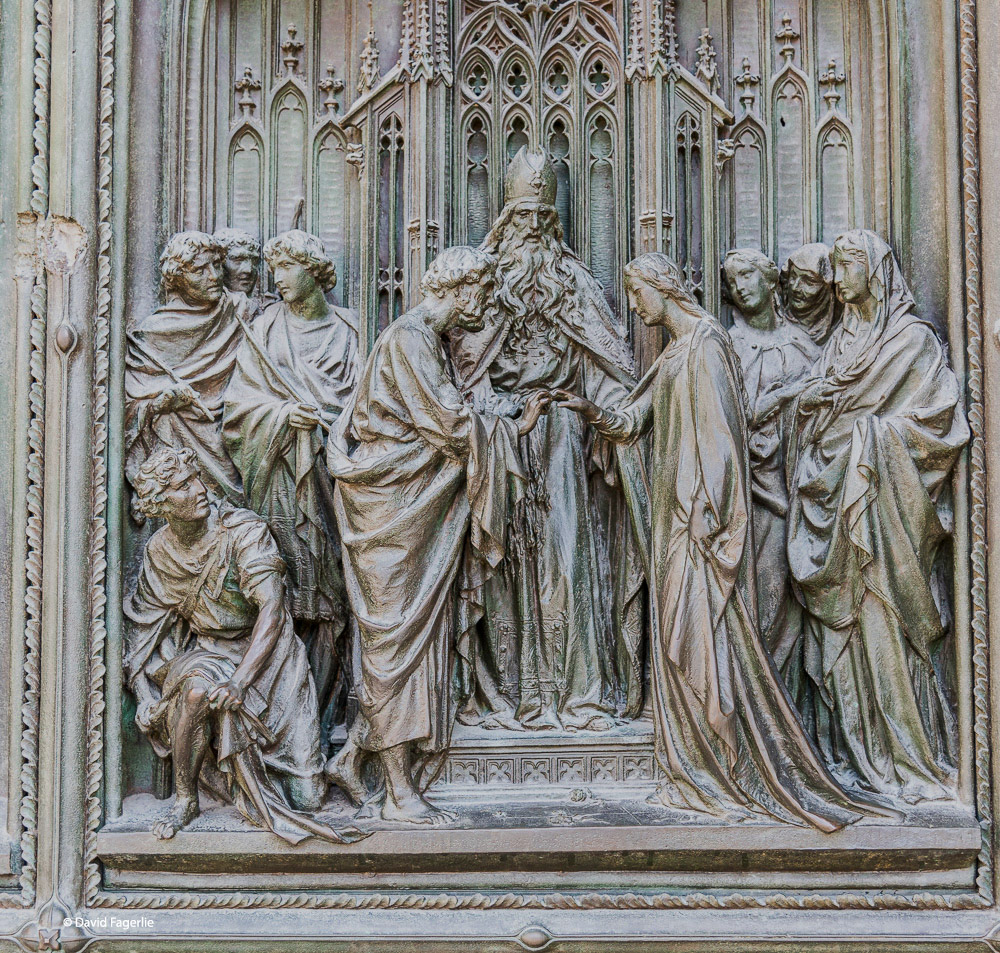
Most of our “Milan time” was spent at the Pinacoteca di Brera (Brera Picture Gallery). It is a very large gallery of paintings. The building was constructed to be a convent that was later handed over to the Jesuit order in 1572. The building was substantially rebuilt 1627-1628 to be an observatory and national library. The picture gallery took on its first painting sometime around 1802 and its first showing of paintings was in 1805.
Entering the courtyard of the building, it was easy to imagine the building as a convent.
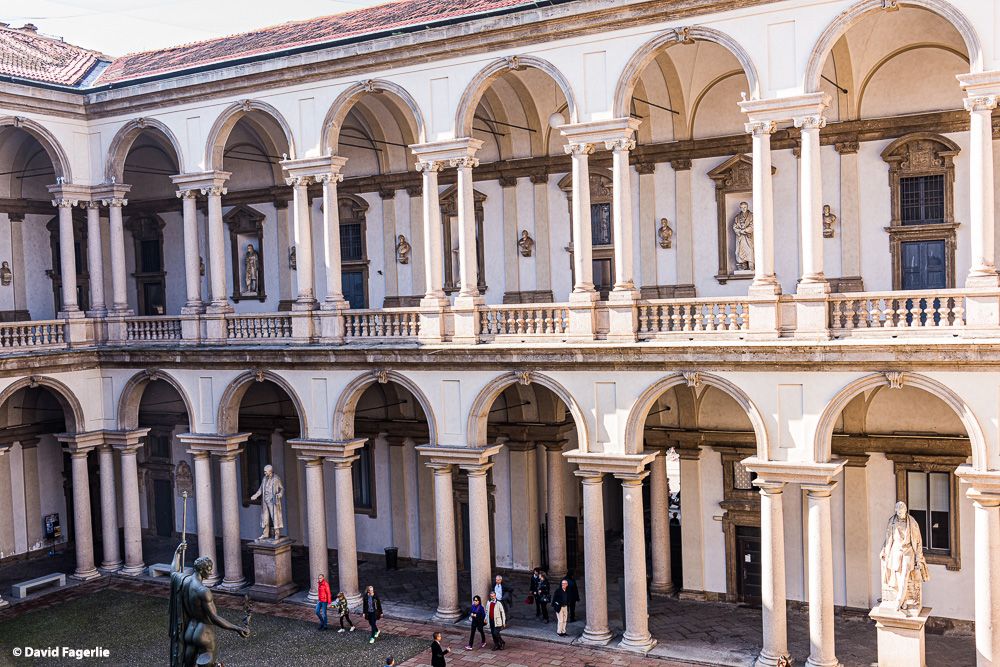

The introductory art, a large statue, is titled “Napoleon as Mars the Peacemaker,” created by Antonio Canova in 1811. It is a bronze cast of a marble sculpture by the same name. The work was commissioned by Charles-Jean-Marie Alquire, French ambassador to Rome, as a gift to Eugene de Beauharnais, viceroy of the Kingdom of Italy. De Beauharnais sent the piece to Milan in 1812. The city had a hard time finding a place for the sculpture until it was placed at the Brera and inaugurated there in August 1859.
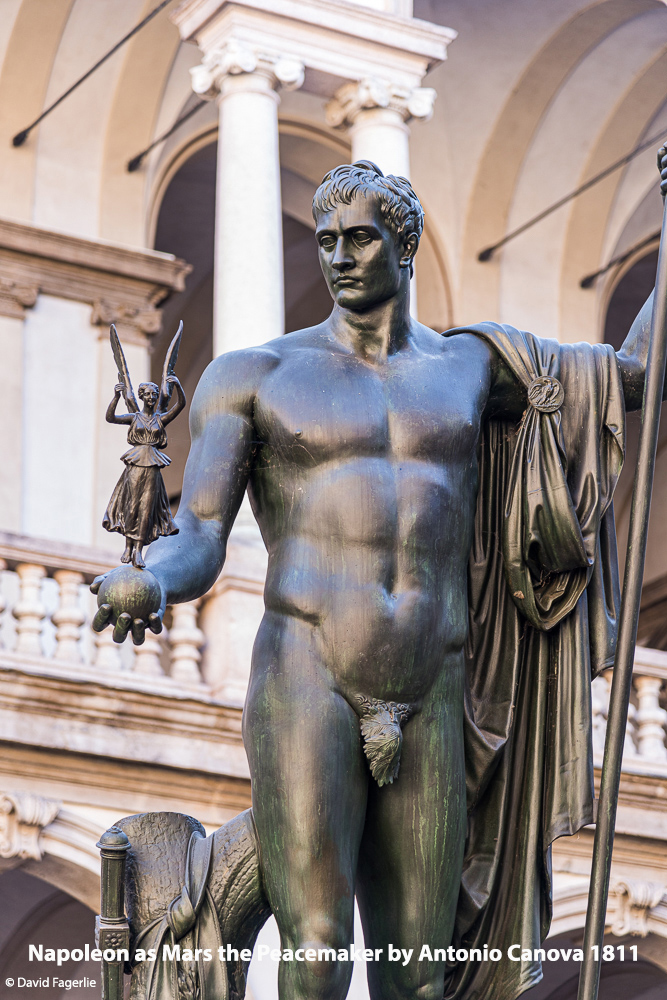

What goes on in the mind of an artist when creating? Why create a huge sculpture of Napoleon as "Mars the Peacemaker?" Something that has long fascinated me is the depiction of individuals that could not have been seen by an artist and how they vary. Andrea Mantegna and Giovanni Bellini had different pictures in their “minds-eye” about what Christ and his supporters looked like at the time of Christ’s death.
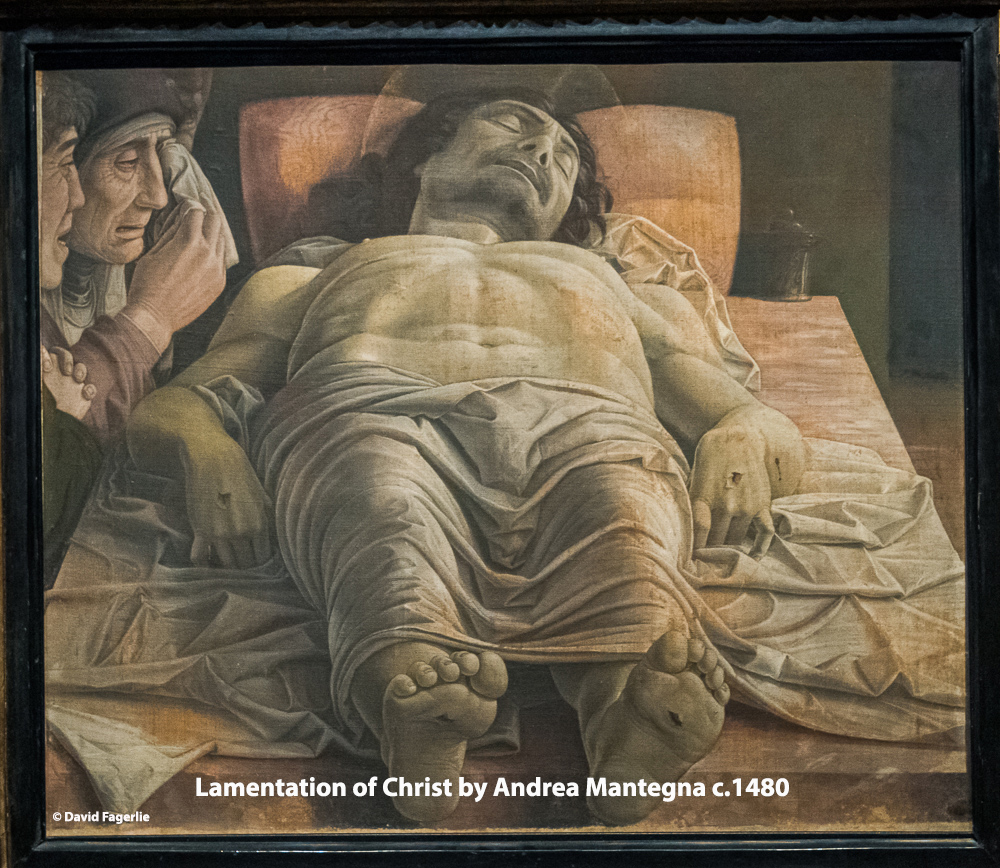
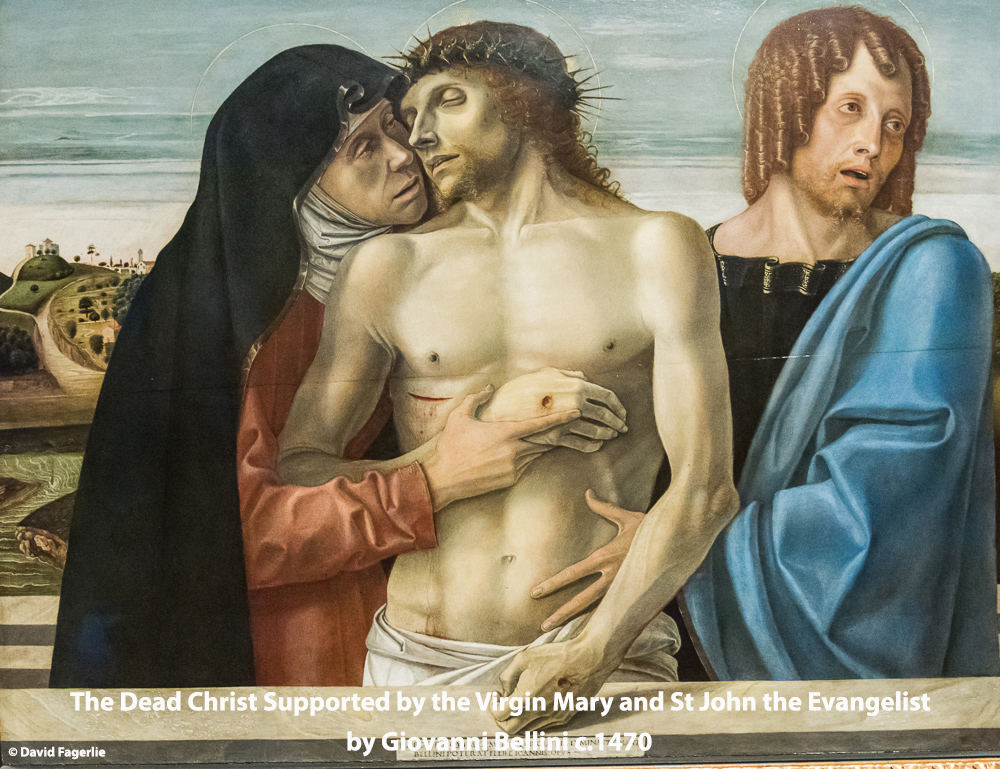
Check out the “attitude” of Saint Peter. Peter died sometime between years 64 and 68. Civelli created the painting below in 1482. It isn’t like Civelli had firsthand knowledge of Peter’s personality?
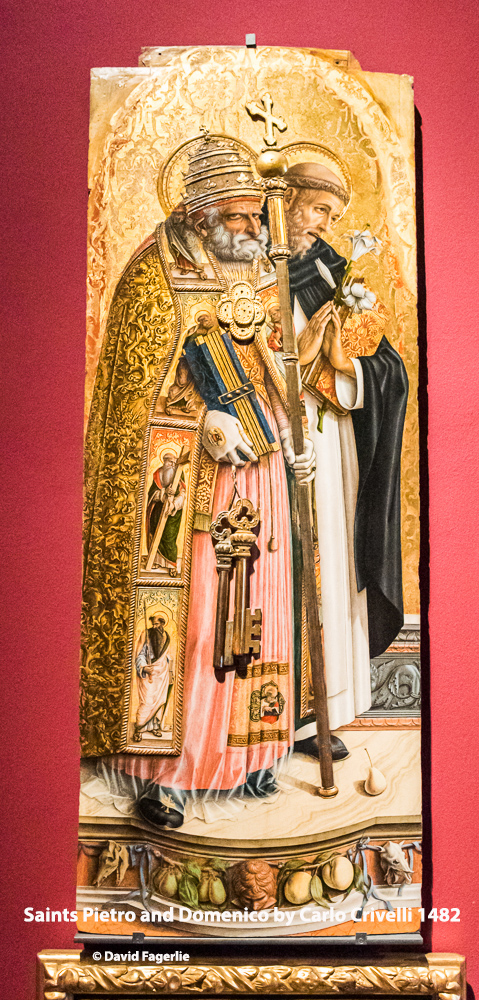
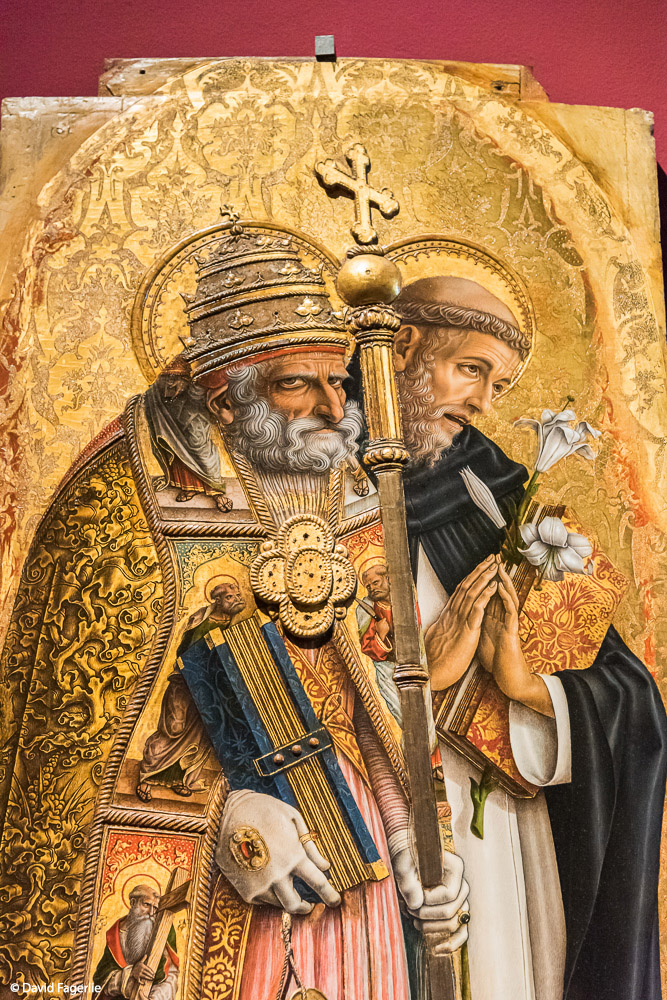
Most interesting to me is depictions of the Madonna and Christ child by different artists that could never have met them. In Bellini’s Madonna and Child, neither seem terribly excited to be posing for a painting.
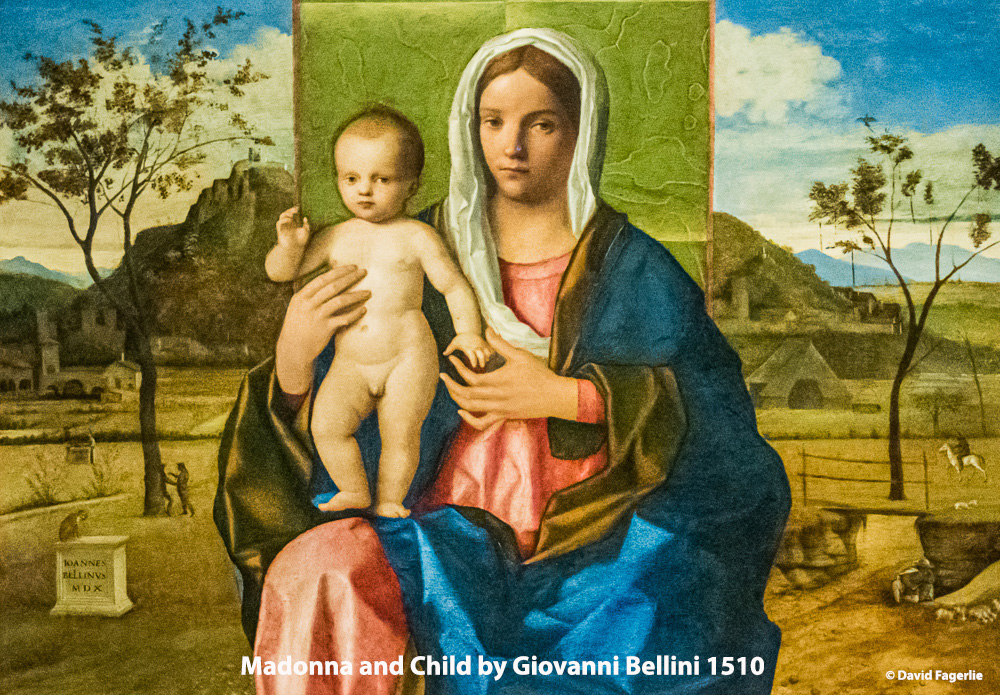
Mantegna casts the two celebrities in a more tranquil manner, and I guess Christ had red hair?
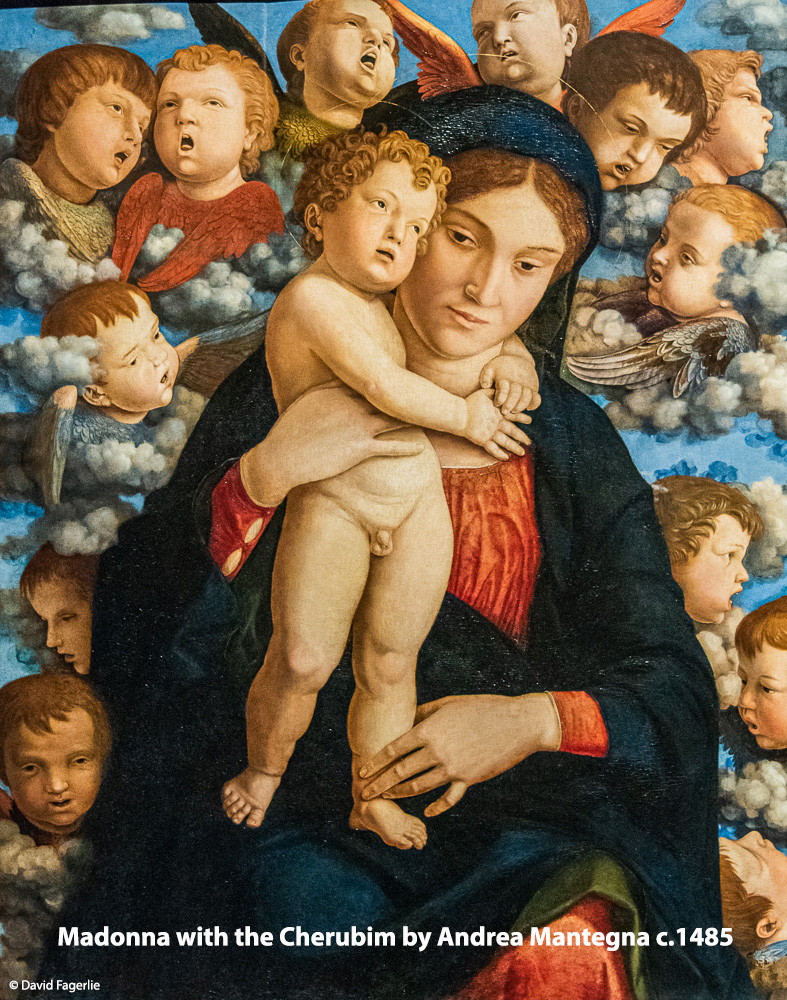

Bergognone’s imagery is among my favorites. I love his artistry and the looks of suspicion on the faces of the Madonna and child causes me to wonder what the artist imagined his subjects were thinking?
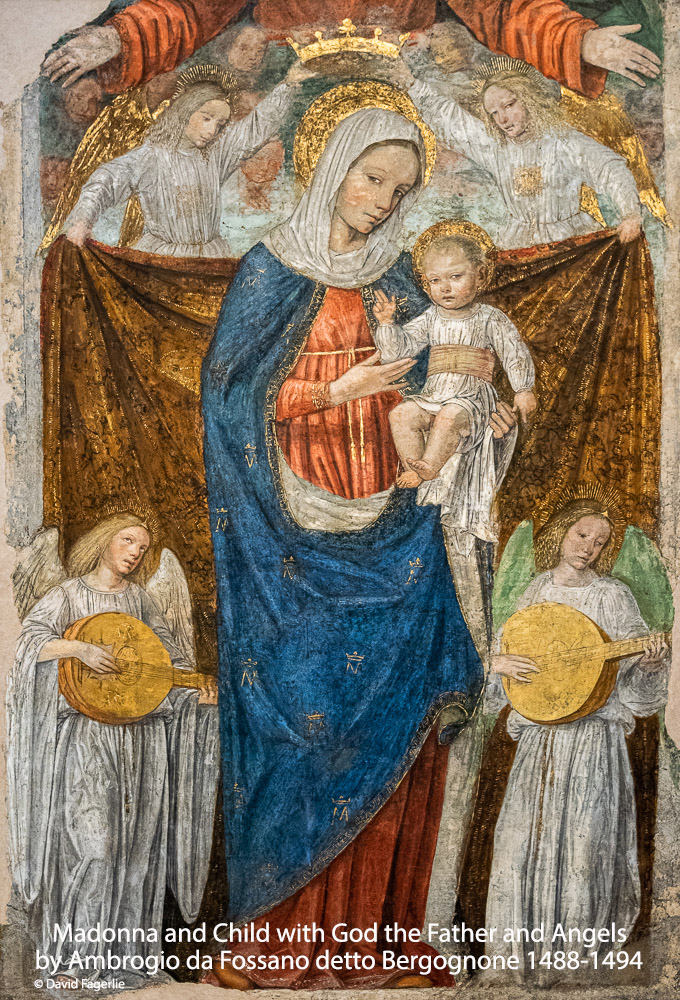
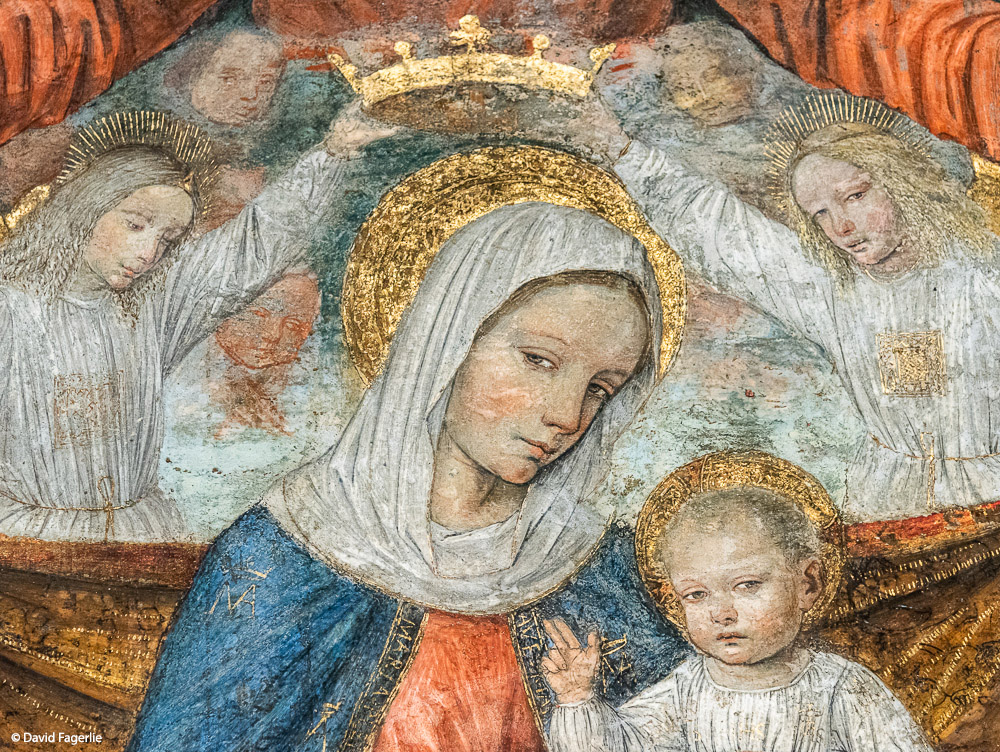
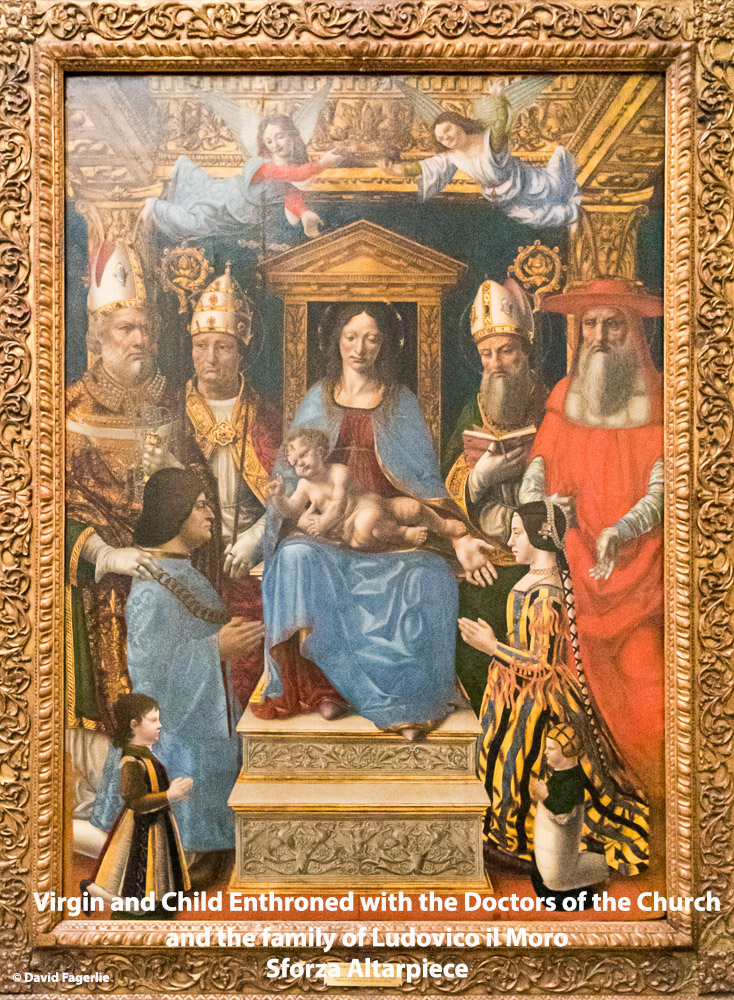
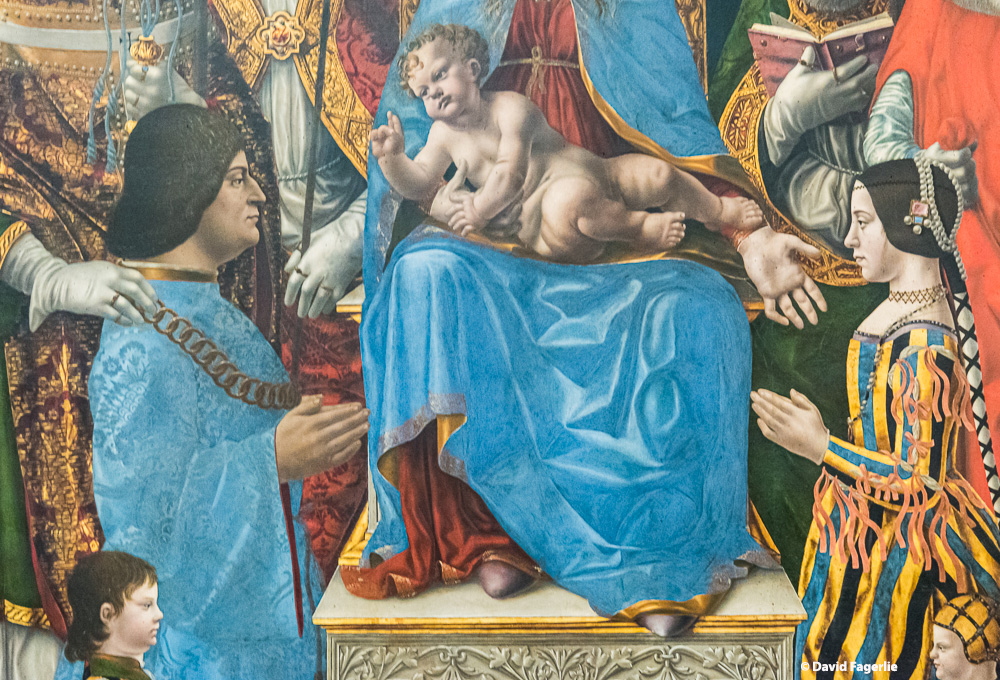
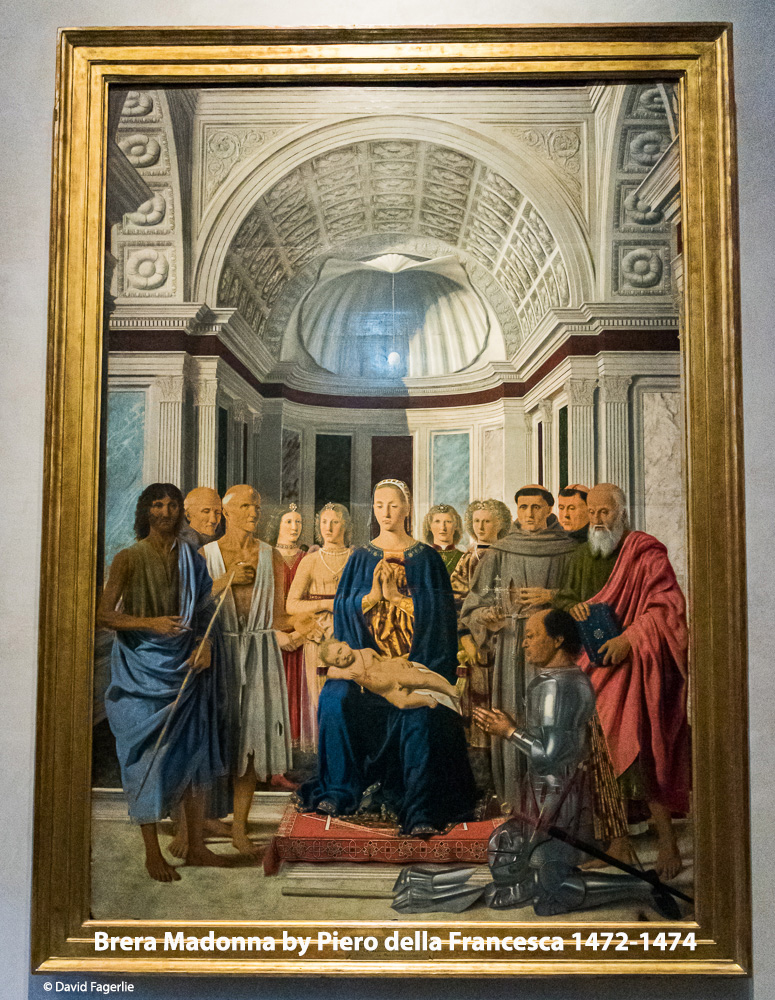
Finally, I again offer my absolute favorite Madonna and Child image, that I showed to you in my chapter on Toledo, Spain. This sculpture expresses the attitude I would hope to see in the Virgin Mary and the Christ child about each other.
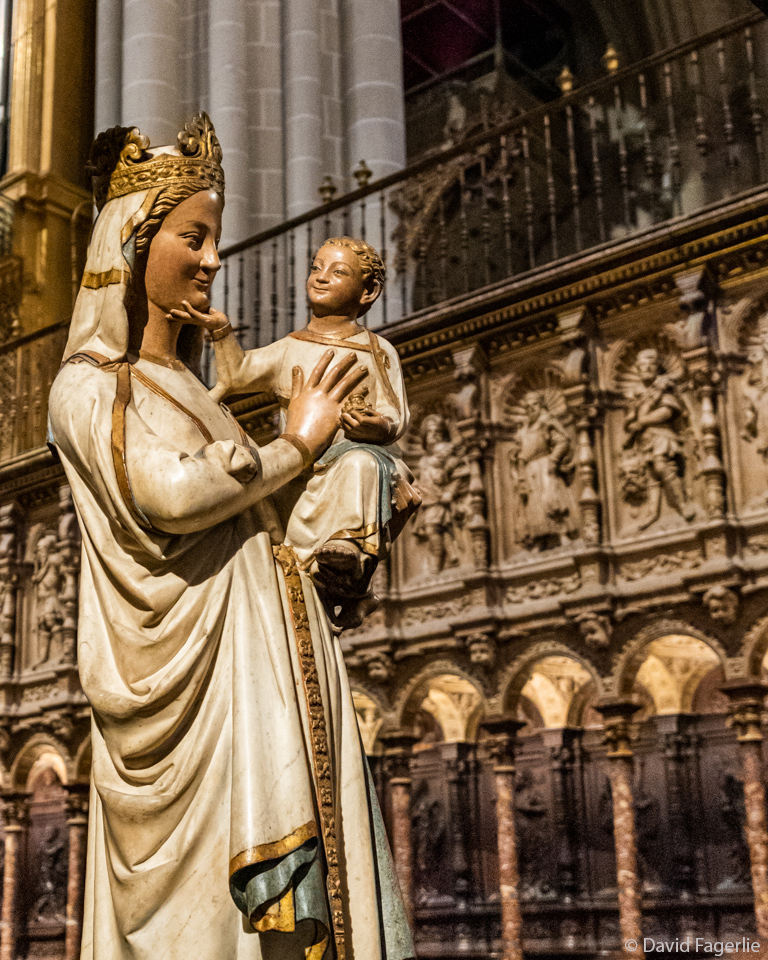
A higher resolution slide show is available in Galleries. You can access the gallery for this chapter directly by clicking HERE.
Next week we travel to Italy’s northwestern coast. See you then.
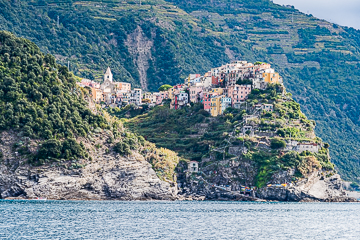
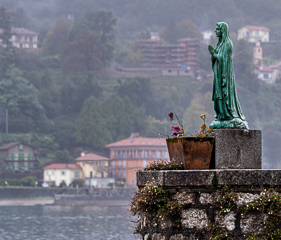
November 28, 2020
Chapter 7: Cinque Terre
The train from Nice, France going east is only about a 30 minute ride to the tiniest of countries, Monaco.